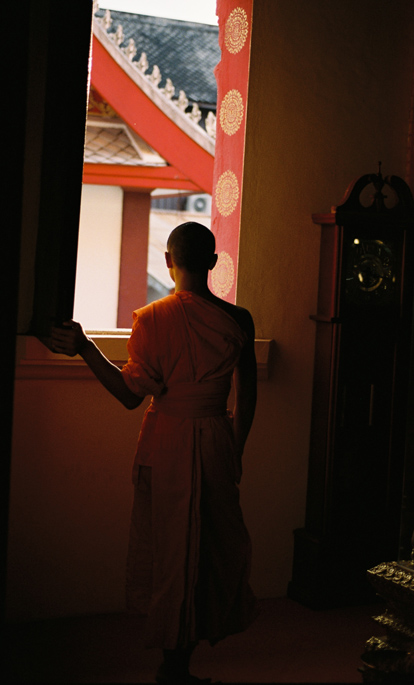
A few suggestions to get the holiday planning process started
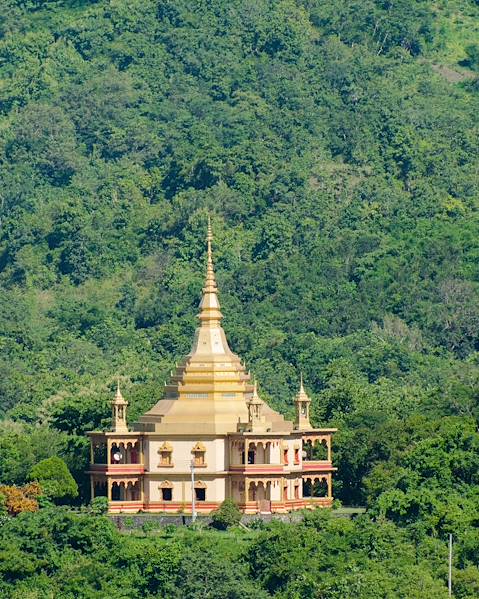
Ceremonies, mountain temples, Zen breaks: living in tune with two great Southeast Asian cultures
11 days, from £2,250 to £3,125
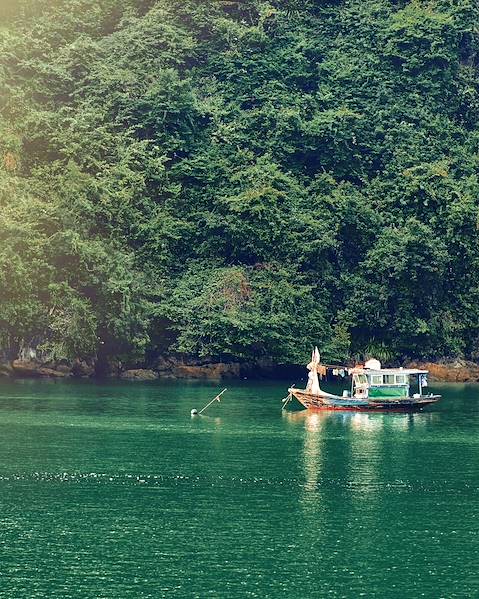
Explore two culturally rich and diverse countries, from the dynamic delights of Vietnam to the laid-back lifestyle of Laos
13 days, from £2,580 to £3,565
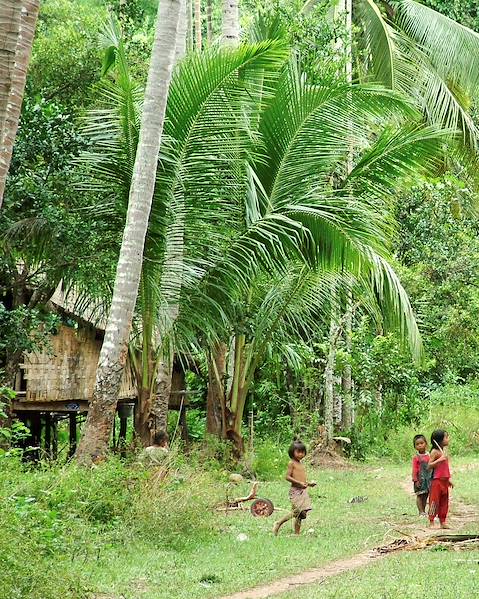
Receive a baci blessing as the sun sets over Luang Prabang
11 days, from £2,590 to £4,130
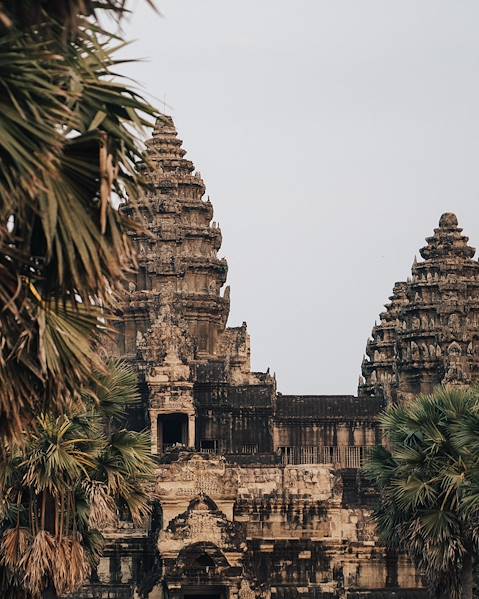
Discover Phnom Penh’s history alongside a local guide
15 days, from £2,800 to £4,100
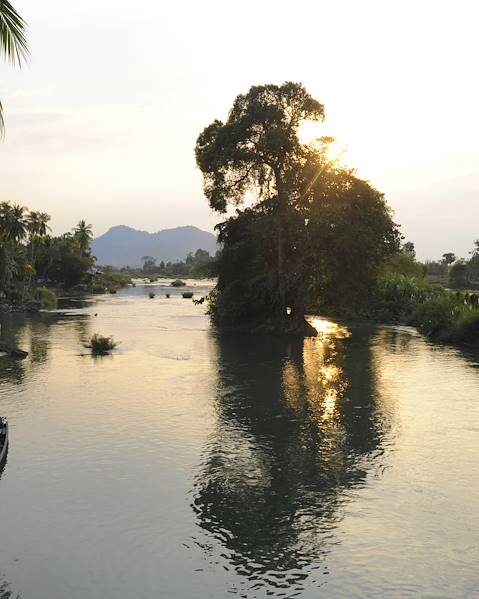
Chase mystical waterfalls in Don Det and Don Khone and explore Tham None and Kong Lor Caves on private boat trips
14 days, from £2,970 to £4,740
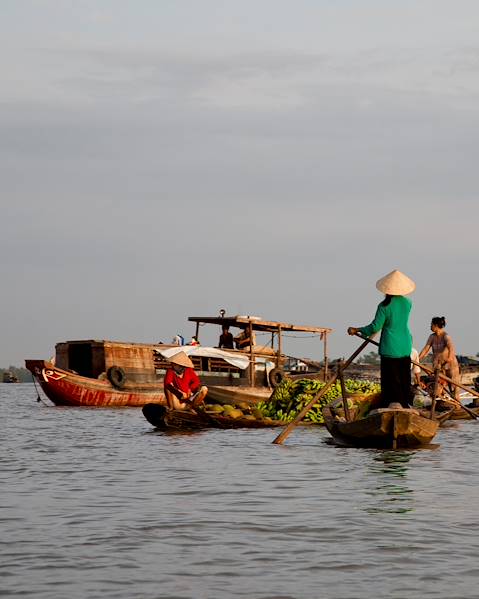
Temple tour in the lush northern Thailand region of Chiang Mai
15 days, from £3,060 to £4,885
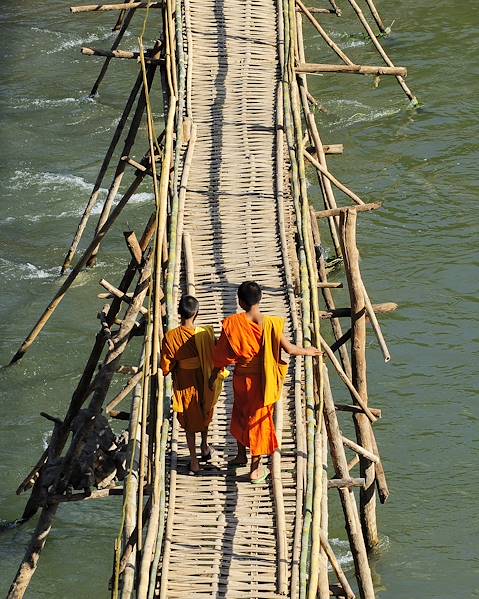
Wander the historic heart of enchanting Hoi An
15 days, from £3,365 to £5,365
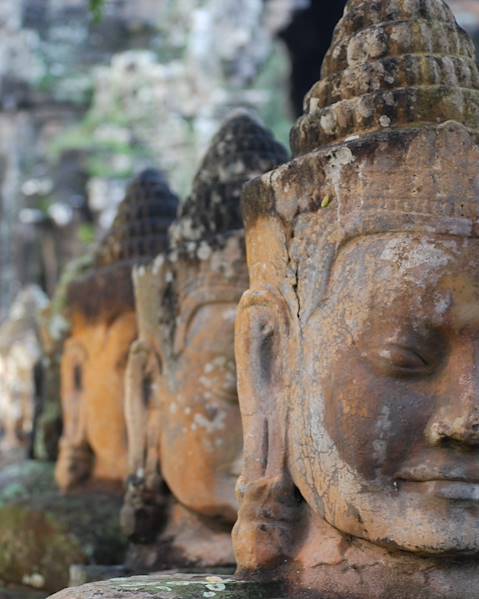
City tour of Phnom Penh and its surroundings
15 days, from £3,390 to £5,410
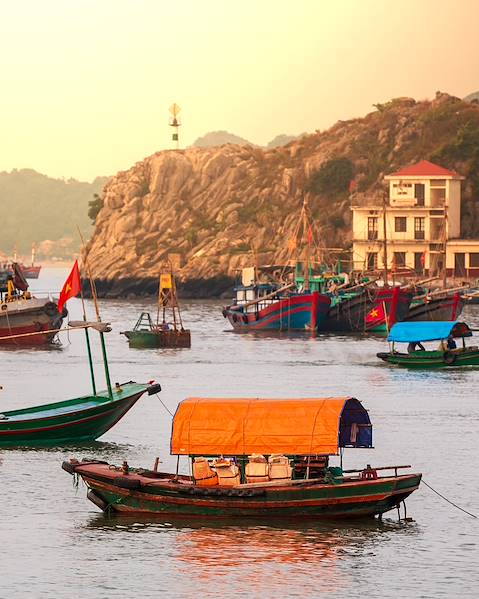
The itinerary includes Halong Bay, Luang Prabang and Angkor, three wonderful UNESCO World Heritage Sites
15 days, from £3,540 to £4,730
Practical advice and inspiration to help you prepare for your holiday
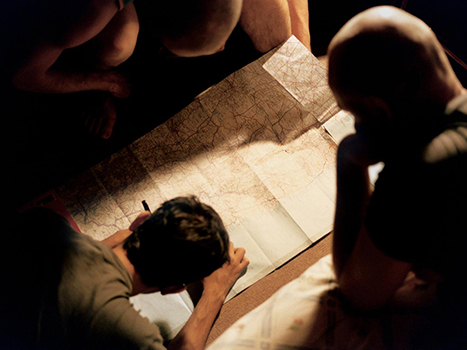
Practical guide
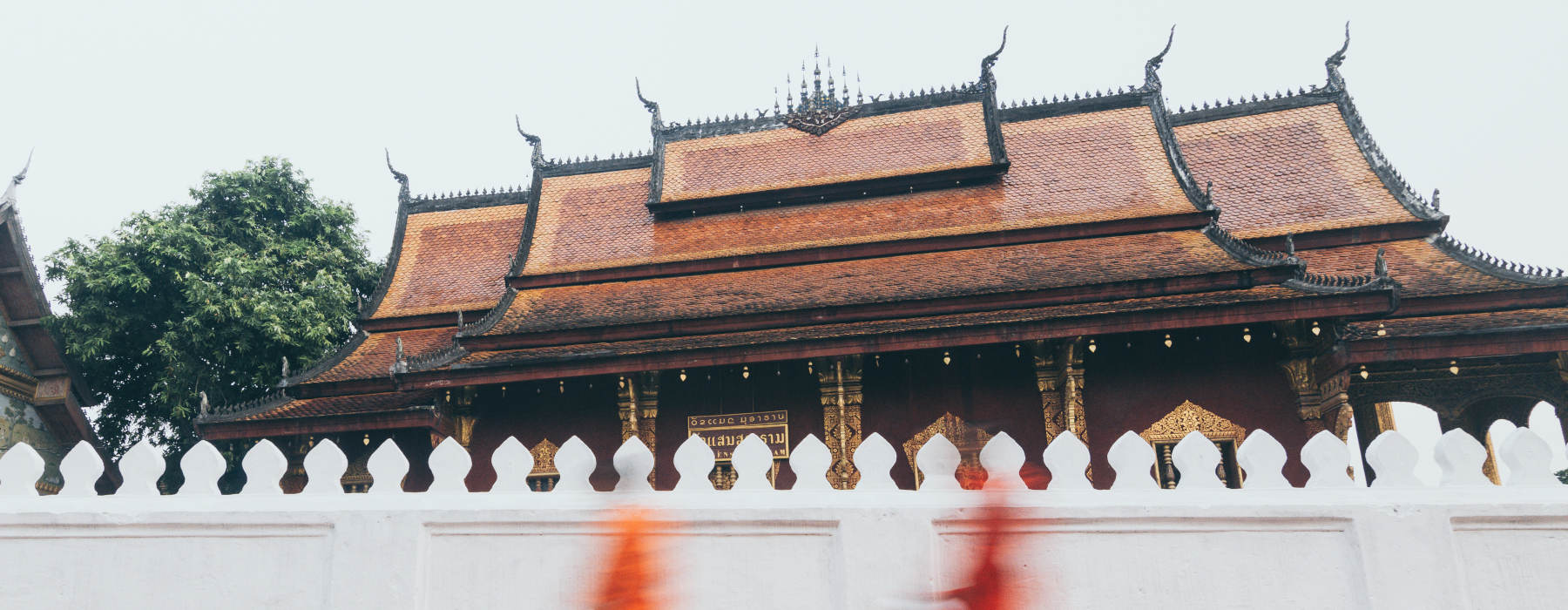
Travel Advice & Information
Blog
In between temple visits, visit the local markets or relax at one of the many small restaurants and cafes perched on the banks of the Mekong and watch the world go by. The countryside around Luang Prabang is dominated by the slow, snaking rivers, paddy fields and green hills. A cycle ride through the fields and villages is the only way to absorb this beautiful scenery and the traditional way of life of the people who still work the land here.
Journeying some 15 miles upriver from Luang Prabang are the Pak Ou caves, situated at the confluence of the Ou and Mekong rivers. Here, thousands of gold lacquered Buddha statues are crammed into two caves carved out of a towering limestone cliff. The images of Buddha range in size from a few centimetres to full human size, and have been placed here over the centuries by devotees, turning the caves into glittering shrines.
The caves can be reached by boat on a day trip from Luang Prabang, or you can spend the night at a lovely nearby lodge.

Our team of destination experts will get to know you and your unique requirements for your holiday

We work with you to build an ultra-personalised holiday itinerary with your choice of accommodation, experiences and activities

All of our holidays include little extras designed to make a big difference to your trip, from fast-tracking you through airport check-in and security to our network of local Concierges